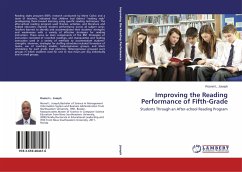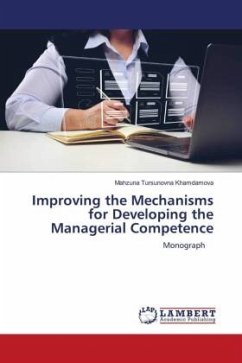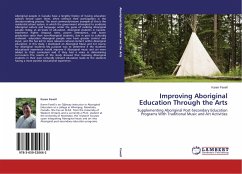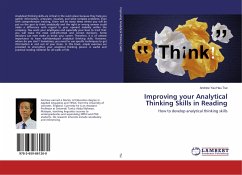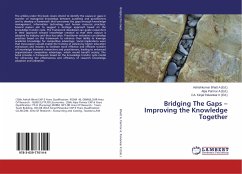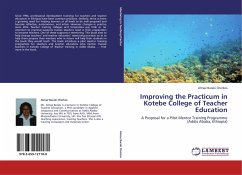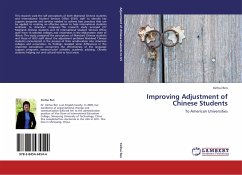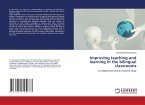Reading styles program (RSP), research conducted by Marie Carbo and a team of teachers, indicated that children had distinct "reading style" predisposing them toward learning using specific reading techniques. The after-school reading program used themes, activities, and literature and helped educators improve student performance across all subject areas. Teachers learned to identify and accommodated their students' strengths and weaknesses with a variety of effective strategies for reading instruction. There were six main components of the RSP. Strategies of instruction consisted of recorded readings, and manipulative and reading instruction used in a variety of methods to accommodate students' strengths. However, strategies for staffing schedules included formation of teams, use of coaching models, heterogeneous groups, and block scheduling for each grade level planning. Heterogeneous grouped were groups in which students read for one or two hours per day individually and in small groups.
Bitte wählen Sie Ihr Anliegen aus.
Rechnungen
Retourenschein anfordern
Bestellstatus
Storno

